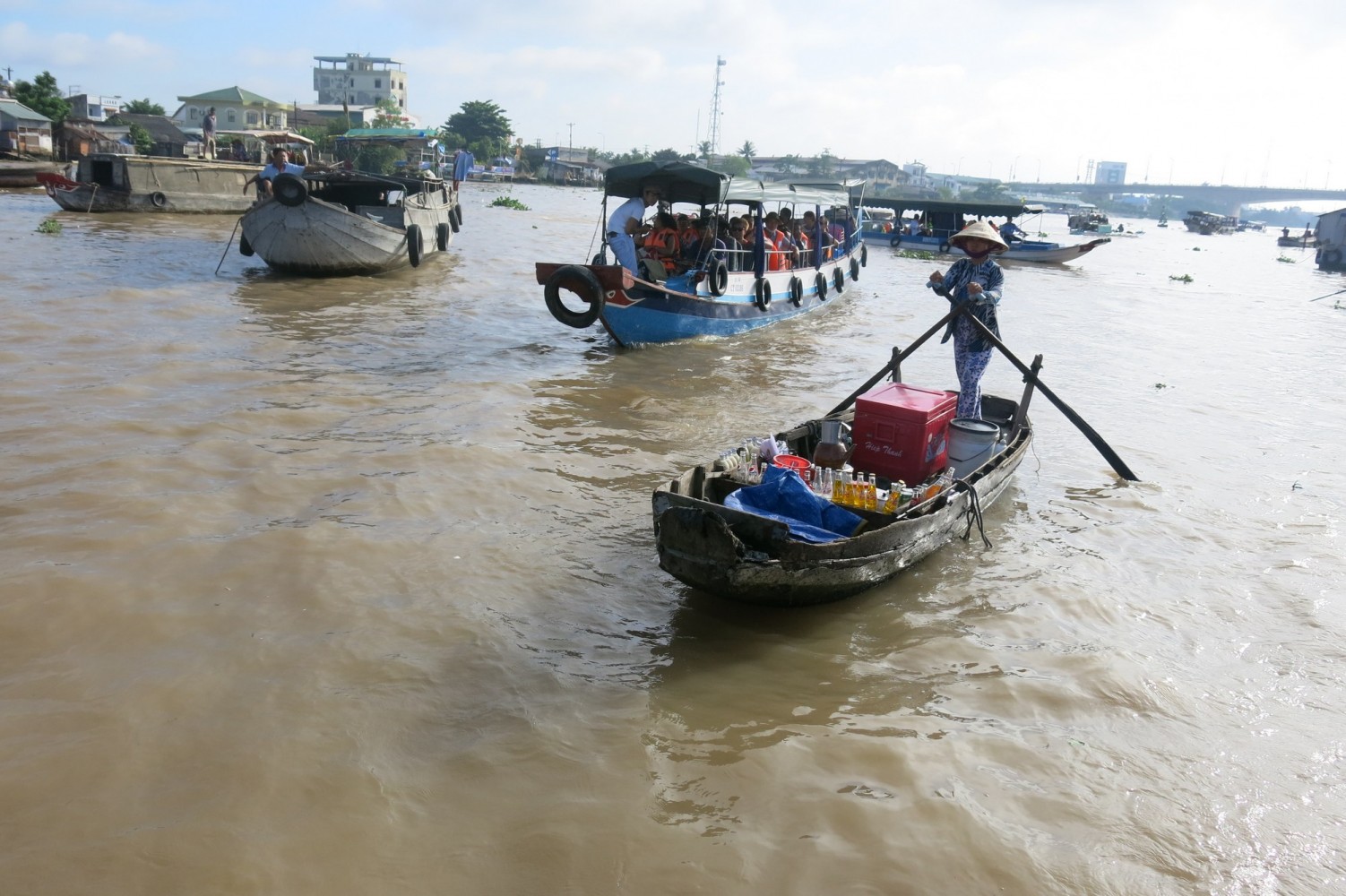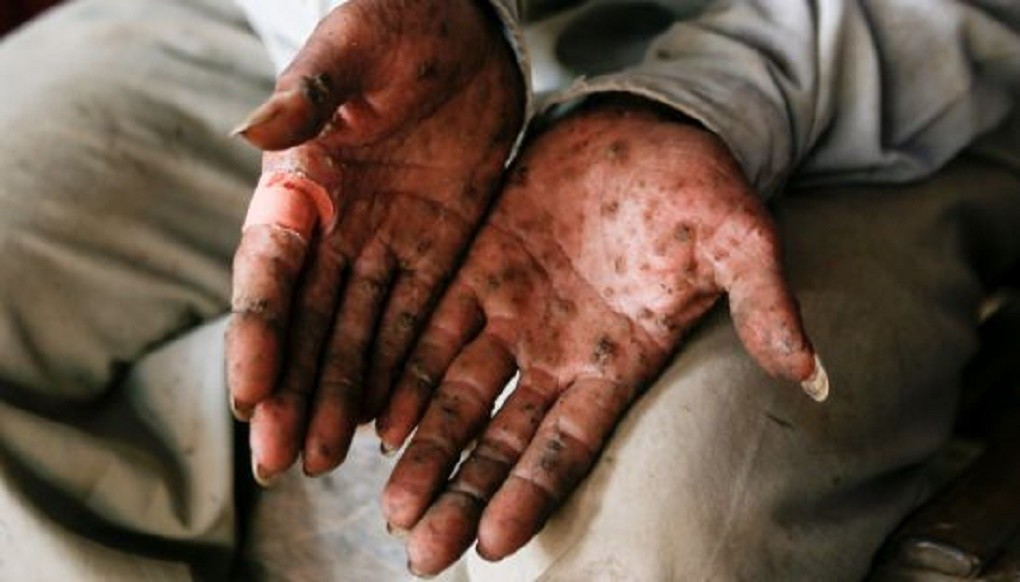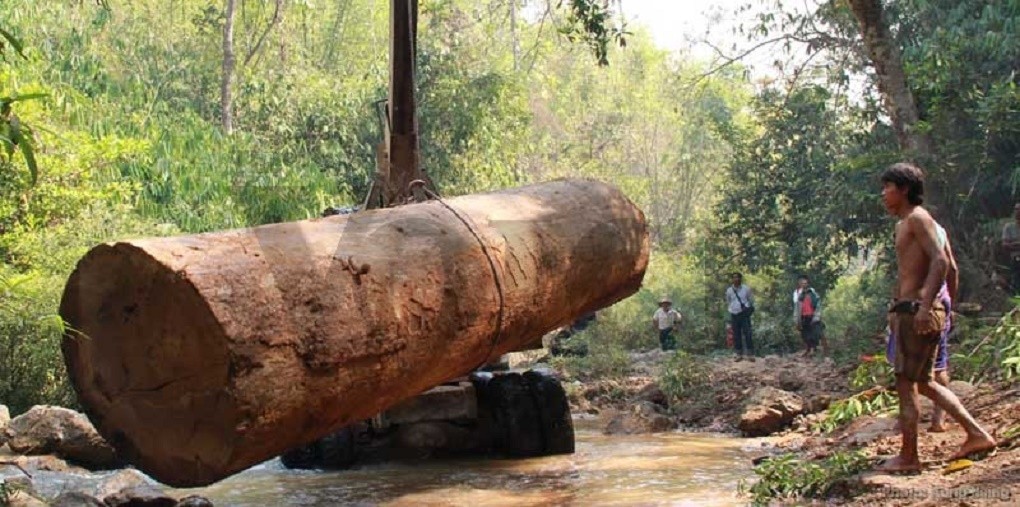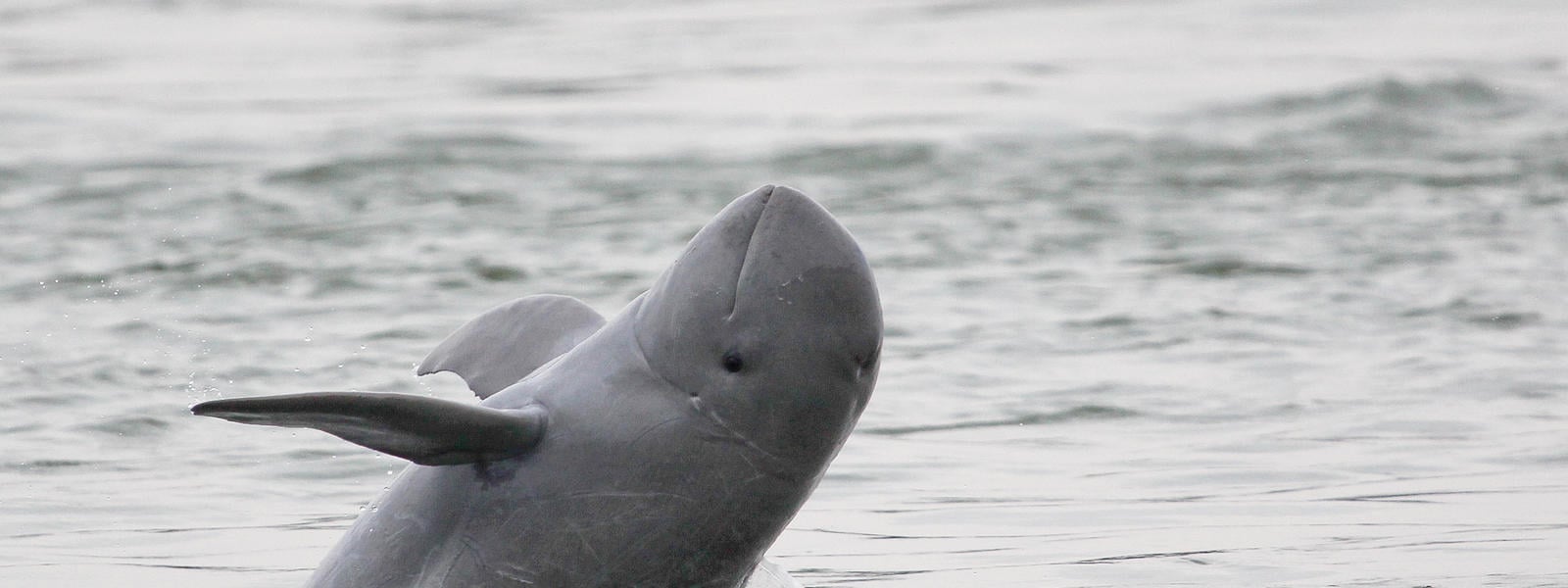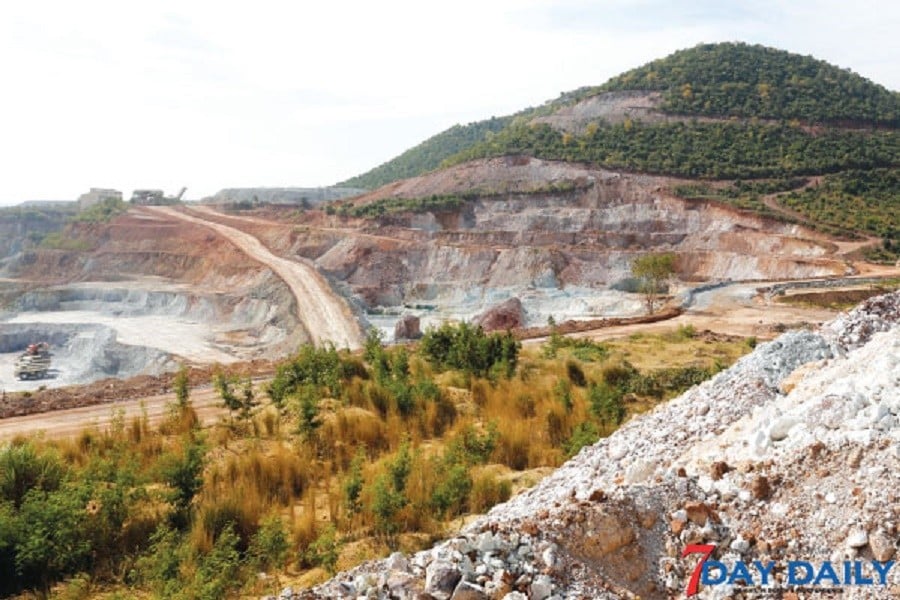The construction of mainstream dams on the Mekong River pose significant environmental and social impacts for riparian communities in Cambodia and Vietnam. Vietnam National Mekong Committee’s Mekong Delta Study – set to be released in December 2015 – preliminarily predicted that hydropower dams will eliminate approximately 50 percent of fish catches in the region, which poses food security, public health, and economic crises in both Cambodia and Vietnam.
Category: Article
Dams may worsen arsenic problem: study
A Stanford University study conducted in Cambodia has shed new light on the natural introduction of the poison arsenic into groundwater – an established problem in Cambodia that could be exacerbated by hydrological development, particularly dams, researchers say.
According to a report on their findings, published in the journal Nature Geoscience on Friday, the Stanford team carried out experiments on wetlands in Kandal province’s Kien Svay district in order to better understand how water is contaminated by the lethal toxin here and in other parts of South and Southeast Asia.
What could we expect from the newly elected government (in environmental sector)?
The Voice The legislation in the environmental sector is so weak under the current government. And especially in implementation and monitoring processes. And the by-laws and procedures are still so slow in legal process”, said Mr. Soe Thura Tun from the Myanmar Environmental Institute. “The investors do not follow the laws and regulations, but we […]
Mekong Dolphin Extinction, Hydropower and Climate Change
Scientists for the Mekong offer this article to inform the public, the delegates at COP21, and decision-makers worldwide about the impacts of hydropower development on the Lower Mekong River, and the serious repercussions for 60 million people in SE Asia. This article provides an overview of the many significant environmental and social impacts of hydropower dams on the Mekong River basin.
How could we do better EIA/SIA?
“The investors have just submitted to MIC, but most of the projects are already started (on the ground). Rules and regulations are just follow-up activities and EIA/SIA is just for ticking the box”
What Will an NLD Government in Myanmar Mean for Business?
Investors have up to now been cautious on entering Myanmar due to lingering sanctions, while others who have been waiting out political uncertainties may be assured by the NLD’s sweeping victory, which leaves little doubt over the preference for fully civilian rule.
Heated Mae Sot SEZ 97 households are convicted
Lands have been expropriated and Mae Sot villagers, who worry about having industrial estates in the area instead. They protested against the issuing of ‘land deeds’ for originally reserved forest. If the state succeeds then local communities could be arrested as invaders, said a conservation group of Mae sot residents. The expropriated areas include 803 rai of national reserved forest, 2,182 rai of permanent forest area, and 13 rai of public space. The Industrial Estate Authority of Thailand was assigned to manage 803 rai and the Treasury Department manages 1,287 rai.
Myanmar will join the first time on EITI report –7 Days Daily (Burmese language)
“Myanmar has $2.5 Bn income from oil and gas industry which is the data provide from the government” said Mr. Wan Aung, the CSO representative from Myanmar EITI committee. However, the figures will be much higher, as it excludes some of the oil and gas exploration site. The EITI report will release in January 2016. But, Myanmar will not report some other sectors, like gems. Myanmar government said the annual revenue from Jade is $650 mn, but the recent Global Witness report said, it could be $31 bn, and it equals 48% of the country’s GDP.
IEAT aims to establish industrial estates in SEZs –Bangkok Biz (Thai language)
The governor of the Industrial Estate Authority of Thailand Mr. Verapong Chaiperm mentioned that currently, Industrial Estate Authority of Thailand (IEAT) is accelerating the study design on the establishment of industrial estates in the special economic zones in Sa kaeo and Mae Sot, Tak provinces in according to the policies of Mr. Somkid Jatusripitak, Deputy prime minister who has been delegated during the recent Policy Committee on Special Economic Zone Development. They are expecting to finish the study within the six months period before the implementation of the next investment phrase. This is a part of the pilot project that will also engage private sectors to invest in this respective area. For investment of enterprises which are required to comply with IEAT’s rules and regulations involved many steps for example, the study on EIA and is subjected to PM’s consideration if any special laws can be applied to shorten the process in order to speed up the investment and to meet the required timeframe.
With Asean Integration Come More Threats to Natural Resources: NGO Forum
Asean integration will start at end of this year, opening the region to a free flow of goods and services across borders. But many analysts say Cambodia will have a difficult time integrating and benefiting from the cooperation. There are other downsides, as well. VOA Khmer recently spoke with Toek Vannara, director of the NGO Forum, to discuss the likely environmental problems Cambodia and other countries could face if they do not act to protect their natural resources.]


